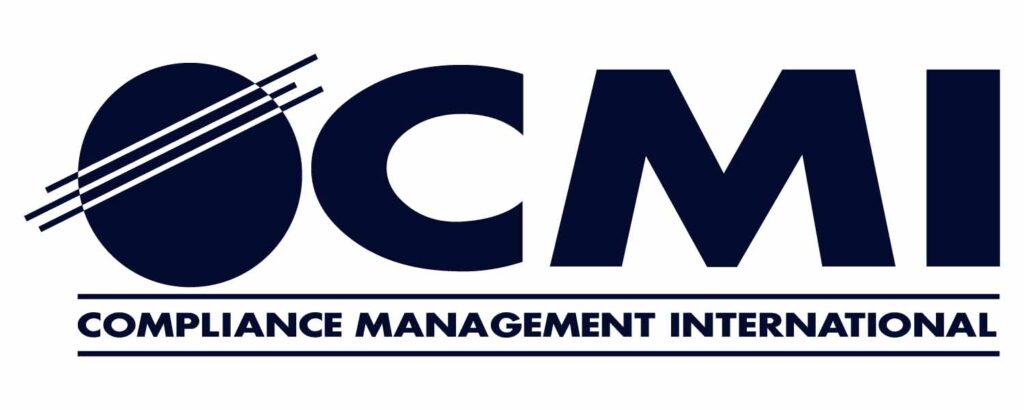In this article, we are sharing an OSHA Case Study that explores the topics of lockout tagout, the minor servicing exemption, and machine guarding. Read on to test your understanding of when and how OSHA’s minor servicing exemption can be applied.
The Case Study:
A printing press produces printed materials as its normal production function. The printing press’s rollers have to be cleaned periodically during the work shift to ensure quality control.
In this scenario, the press is not shut down for the cleaning operation. The printing press is energized and its rollers continue to spin at a very high speed. In order for employees to clean the rollers, they must bypass the printing press’s machine guards, and use rags to clean the rollers. This exposes them to serious, ingoing nip point hazards created by the rollers. Severe laceration or amputated fingers could result if the rag or an employee’s hand were to get caught in the rollers or in an area between the rollers and a fixed part of the machine.
Although the employer has a lockout/tagout program for servicing and/or maintenance of the printing presses, for this particular cleaning operation the employer believes that lockout/tagout procedures do not need to be implemented. According to the employer, this cleaning operation is exempt from lockout/tagout requirements because it falls under the minor servicing exemption and therefore the employer allows the equipment to remain operating during the cleaning operation.
Remember, as stated above, the employees are still exposed to the hazardous energy of the printing press’ during the cleaning operation.
Question 1
Is this printing press roll cleaning activity covered by the Lockout/Tagout standard? Yes or No?
If you said Yes:
You are correct. Even though this roll cleaning activity takes place during normal production operations, the employee is required to bypass a machine guard and/or place part of their body into a point of operation or associated danger zone. The cleaning operation is therefore covered as service and maintenance which took place during normal production operations. Therefore, the requirements of 29 CFR 1910.147 apply.
Question 2
The employer argues that the roll cleaning activity is routine, repetitive, and integral to the production operation and that lockout is not required because the minor servicing exception described in 29 CFR 1910.147(a)(2)(ii) is applicable. Is the employer correct? Yes or No?
If you said No:
You are correct. The minor servicing exception does not apply. Even though the roll cleaning activity takes place during normal production operations and is routine, repetitive, and integral to the production operation, the employer has not implemented alternative measures which provide effective protection from the ingoing nip points of the press rolls. Employees instead are required to bypass a machine guard, which is required by Subpart O of 29 CFR 1910, and place their hands and cleaning rags into the press’s danger zone. In the absence of alternative protective measures, this cleaning task is a servicing or maintenance activity that is covered by 29 CFR 1910.147.
In summary, for the minor servicing exception to apply, each and every element of the exception must be met. In this case, the work is not being performed using alternative measures that provide effective employee protection.
In this case study, was your understanding of the standard challenged? Understanding and correctly applying OSHA standards to real, work place scenarios can be complicated. Many of OSHA’s regulations are interconnected, especially when it comes to Lockout Tagout, exemptions to Lockout Tagout, and thus, their reliance on adequate machine safeguarding methods.
Lockout Tagout exceptions (i.e., the minor servicing exception) can only be applied when the activity meets certain criteria first. An OSHA standard interpretation letter provides further explanation on when the exception can be applied:
The activity must take place during, and must be inherent to, normal production operations (which include the utilization of a machine or piece of equipment to perform its intended production function). These functions would be carried out by employees with the machine or equipment energized. They may include minor servicing activities (i.e., clearing of jams; minor cleaning or adjustments; lubrication) that safely take place while the process is performed in situations where extensive disassembly of the machinery/equipment is not required.
The activity must be:
- Routine: The activity must be a regular course of procedure and be in accordance with established practices.
- Repetitive: The activity must be repeated as part of the production process or cycle.
- Integral: The activity must be inherent to the production process.
If all of these apply, then the employer can determine how to use alternative measures to provide effective protection from the hazardous energy. Alternative measures can include various applications of equipment safeguarding, as described in OSHA Subpart O: Machinery and Machine Guarding. Machine guarding can include fixed guarding, interlocks, and ensuring exclusive control by the person executing the exemption procedure.
Additionally, procedures for alternate measures should be developed and documented. The procedures must define how and when the exception will be applied and executed. Following development, employees who will use the procedure must be trained in them to ensure proper understanding and use.
CMI has a team of Health and Safety experts that can work with your team to develop equipment-specific Lockout Tagout Procedures, assess where minor servicing exceptions can be applied to your operations, and develop standard operating procedures for minor servicing activities. Our team can also evaluate equipment to determine where adequate machine safe guarding is in place and identify areas that may need improvement. We routinely conduct various trainings to ensure employers are in compliance with the control of hazardous energy standard, including Lockout Tagout for Affected employees, Lockout Tagout for Authorized employees, and hands-on periodic inspections for the execution of Lockout Tagout Procedures.
Written by Rebecca Caffrey, CSP



